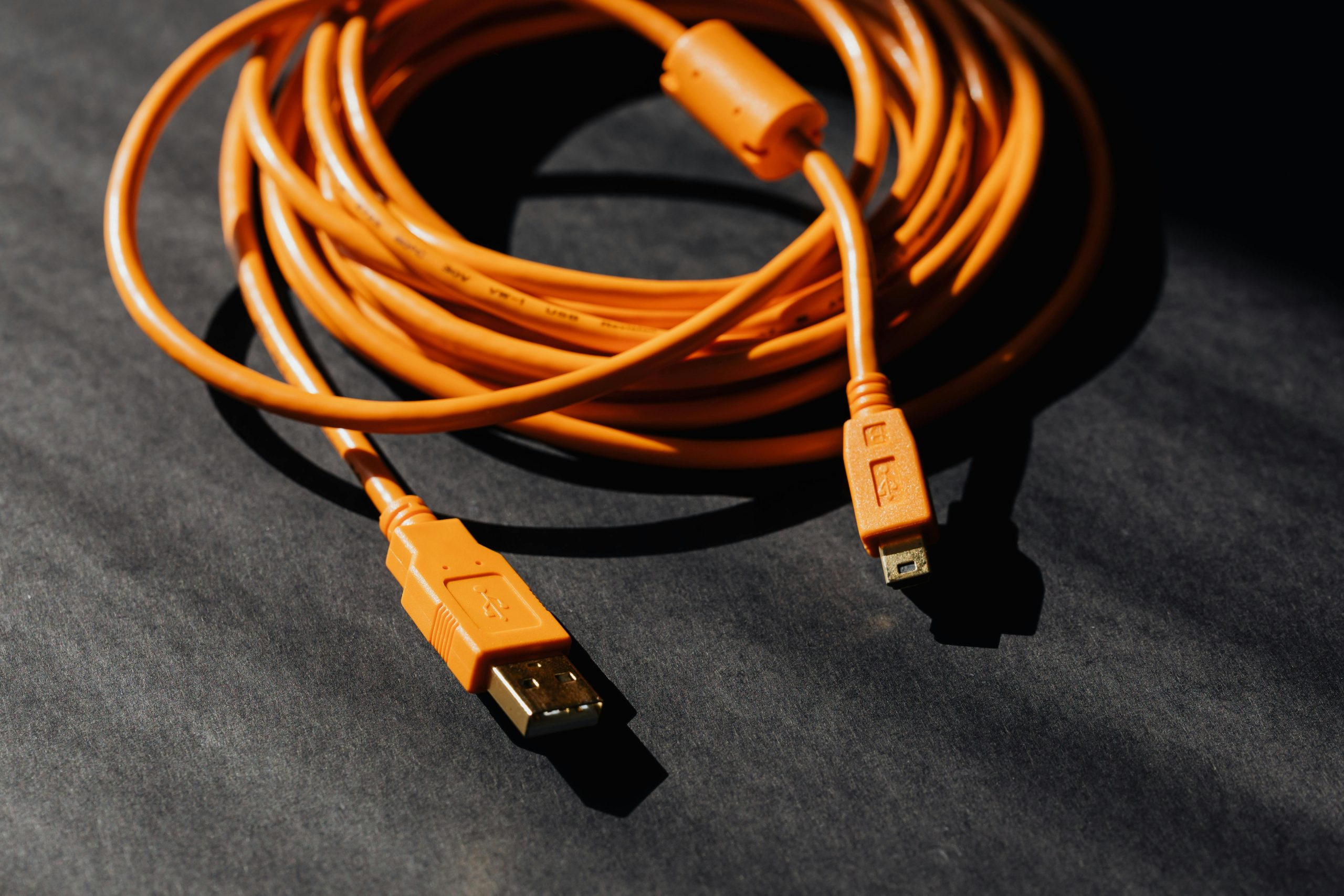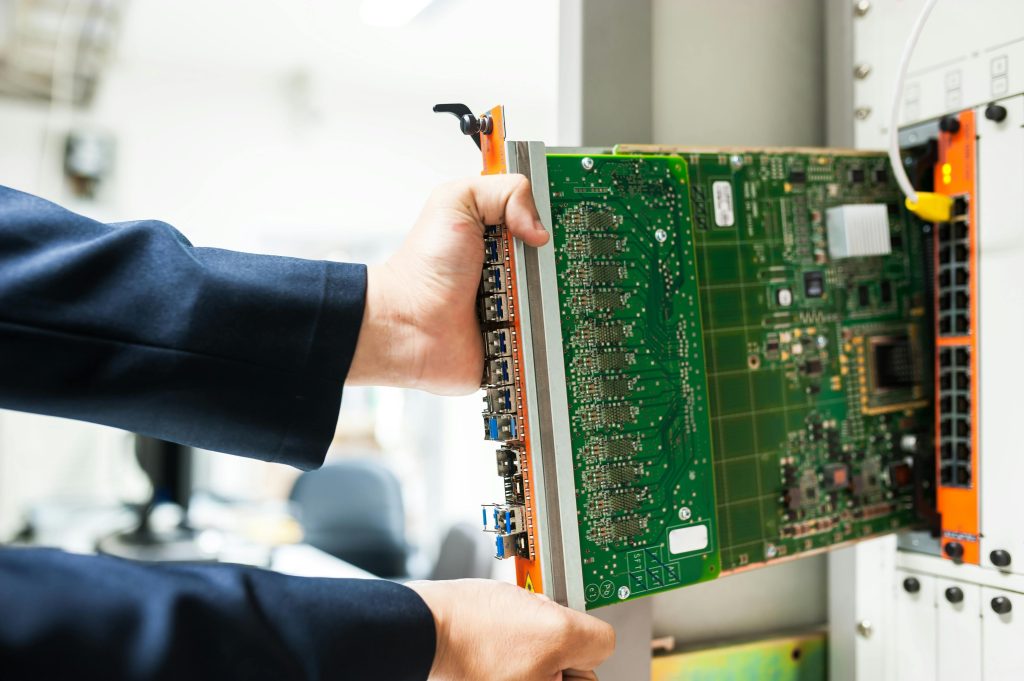Understanding External SSD Vulnerabilities Post-Power Loss: A Case Study and Best Practices
Introduction
External solid-state drives (SSDs) have become a popular choice for data storage due to their speed, durability, and portability. However, recent experiences highlight potential risks associated with power interruptions during use, especially when connected via USB hubs. This article explores a real-world scenario involving an external SSD that became inaccessible following a sudden power loss, examines the underlying causes, and offers guidance on preventing data loss and hardware damage.
Case Overview
A user recently purchased a new external SSD interfaced via USB 3.0. The drive was connected through a USB hub during operation. Suddenly, the hub’s power supply appeared insufficient, resulting in the SSD disconnecting abruptly. Following this incident, the drive was no longer accessible across multiple operating systems, including macOS, Linux, and others. Standard disk management tools such as Apple’s Disk Utility, “diskutil” command-line utility, Gnome Disks, and “lsblk” did not recognize the device. Attempts to reconnect and leave the drive connected for extended periods failed to restore access.
Data Sensitivity and Priorities
While the data stored on the SSD was not encrypted but was only cloned copies, some of it was sensitive. The user was willing to erase the drive’s contents to prepare it for return or replacement, but concerns about potential drive damage and data security prompted careful consideration.
Expert Insights on External SSD Risks
Following discussions with AI-assisted advice, the user sought to understand whether external SSDs are inherently more vulnerable than HDDs or USB sticks to sudden power loss and whether such events can physically damage them.
Key points include:
- External SSDs are generally more sensitive to abrupt power interruptions than traditional HDDs or USB flash drives.
- Sudden power loss can, in some cases, lead to firmware corruption or hardware damage, potentially rendering the drive inoperable.
- Unlike spinning hard drives, SSDs have internal components like NAND flash memory that can be affected by unexpected power fluctuations.
- Proper shutdown procedures and stable power sources help mitigate these risks.
Empirical Observations and Contradictions
While literature suggests that SSDs can be more susceptible to power loss, real-world experiences vary:
- Many users have used external HDDs and USB sticks under frequent power interruption without significant issues.
- These devices often include safeguards such as capacitors or firmware management to prevent data corruption.
- In the reported instance, only one sudden power loss event appeared to brick
Share this content:



